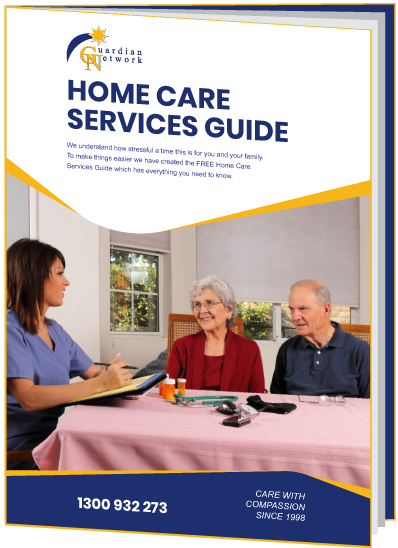In stark contrast to current consumer demands, our existing age care system was built in the 1980’s to sustain residential care rather embrace home and community support. The redundancy of this system was echoed by the director of operations at Uniting Care Australia, a not-for-profit home and community care heavy weight. Joanne Toohey emphasised that “traditional modes of residential aged care are going to become more a thing of the past”.
Last year alone there was a submission of 24,000 applications, with only a mere 2000 of our oldest and wisest receiving a helping hand. With an ageing population, by 2050 the number of Australians who are over 85 and desperate for help is set to surge to 1.8 million from to todays 400,000.
So what does this mean for Australians who are shifting towards the trend of in home community care? And what off the system that has been designed to keep them in facilities?
Well our baby boomers have had enough. They have put their foot down and insisted that when they reach that matured age, they want it done their way!
In response, the government has finally introduced reform to the aged care system. Minister of ageing Mark Butler has identified that the “primary objective is to support older Australians staying in their own home for as long as possible, and if at all possible, for the whole of their lives”.
The $3.7 billion Living Longer Living better plan will roll out over 5 years with an annual injection of $577 Million per annum.
How will this affect our industry?
The Elderly
First, there will be a boost of 40,000 new home care packages meaning 100,000 packages will be available in contrast to 60,000.
Additionally there has been an allocation of $1.9 billion for better access to aged care services coupled with $198 million to ensure people from diverse backgrounds can access aged care services. There has also been a substantial sum of $268.4 million set aside to tackle Australia’s dementia epidemic.
Furthermore, to claw back some funds a user pays scheme has been implemented. This system will see thousands of wealthier Australians, identified through a means test (excluding the family home), contributing to the cost of their retirement. Prime Minister Julia Gillard has expressed that for the first time the system would be more equitable, eliminating the subsidisation of millionaires for their own care.
Our Carers
In addition to wage hikes, the budget has sought to tackle the shortage in the aged care workforce. The budget has contributed $1.2 billion to train and up skill our carers, the back bone of the industry. Furthermore, an addition of $54.8 million has been identified to establish support services for carers.
The Industry
The government is expected to create a one stop shop to provide simple information and assess a person’s needs and capacity to pay. This will make it easier to compare providers before making a decision. Additionally this “Gateway” will collate ratings on each provider, including complaints information, helping navigate the elderly and their families to the premium organisations.
So what this means for all involved? The world of home and community care will undergo a Charles Darwin style evolution. Only the fittest will survive, and quality will be the decisive factor.
Therefore, home and community providers must head to the cries of older Australians who are not getting the quality of care and support that they deserve. Our elderly are prepared to contribute more to the cost of their care but demand a better deal with more transparency. This includes a high standard of quality, more choice and a wider variety of in home services. They want more information and flexibility so they can stay in their own community as long as possible. Uniting Care has recognised this and is taking part in a trial of consumer directed care packages. This involves allocating funds to each client and putting them in the driver’s seat. This way those receiving care will have a say as to how and with whom they want to spend their money. Director of operations, Joanne Toohey, has stated that the elderly are a lot happier with “choosing from a whole suite of different types of services and telling us how they want their money spent [and] things that are important for them to help them remain at home”.
This is a refreshing change from the cased managed services that are allocated to clients without a say.


